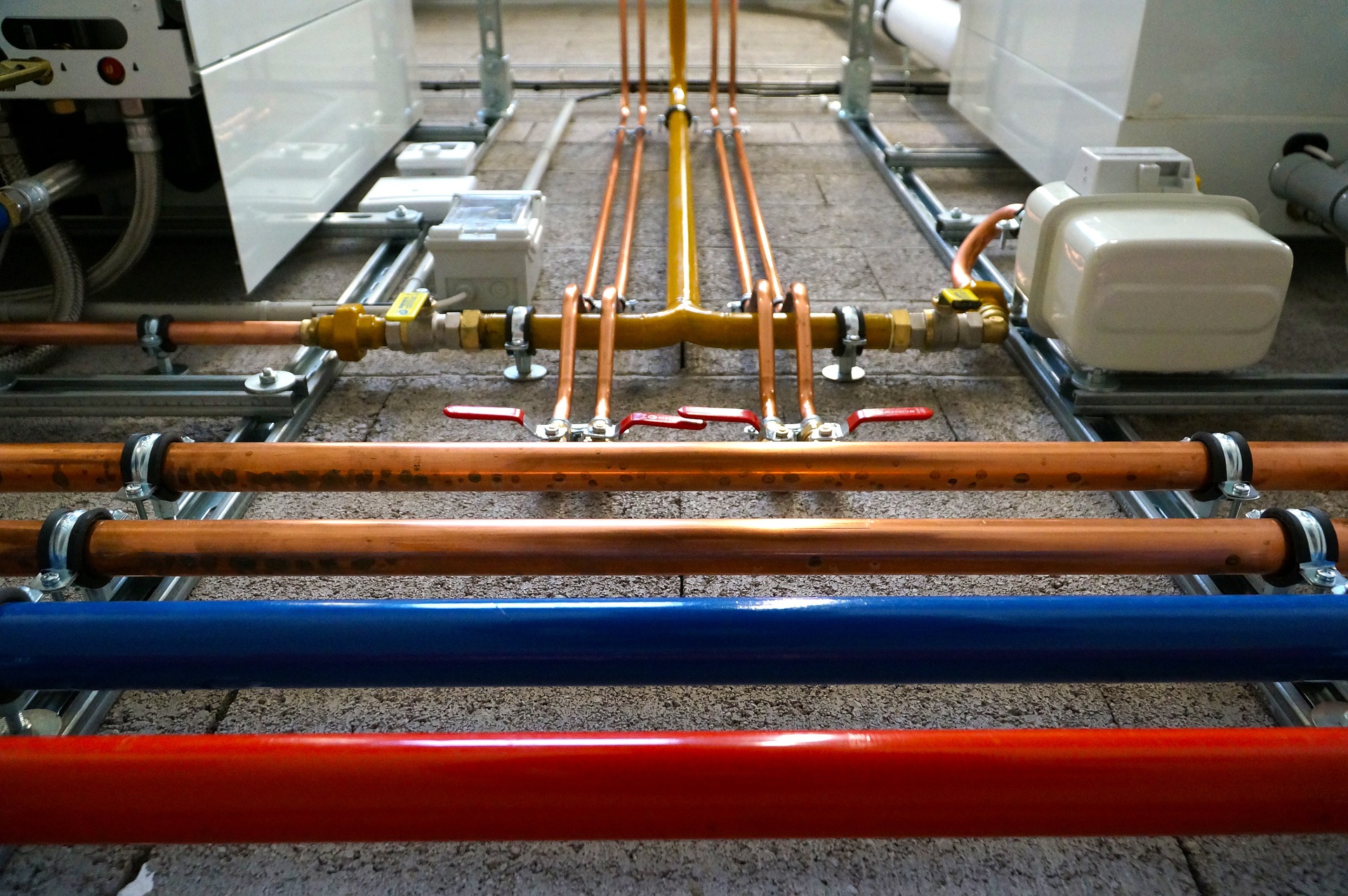One of the worst nightmares as a homeowner is dealing with a flooded basement. Water damage is not only costly to repair, but it can also pose a threat to your health and safety. A sump pump is a lifesaver in these situations, but it’s not enough to rely on it alone. What if the power goes out during a storm? What if the sump pump fails or gets overwhelmed by the amount of water? That’s where backup sump options come in.
There are several backup sump options on the market, and each has its own benefits and drawbacks. Let’s take a look at some of the most popular options.
1. Battery Backup Sump Pump System
A battery backup sump pump system is a reliable option for homeowners who are concerned about power outages. This system consists of a secondary sump pump that is powered by a battery. When the primary sump pump fails or is overwhelmed, the battery backup sump pump kicks in and takes over. These systems typically have a battery life of about 8 hours, so it’s important to make sure the battery is fully charged at all times.

2. Water-Powered Backup Sump Pump
A water-powered backup sump pump is a great alternative for homeowners who don’t want to rely on batteries. This system uses the pressure of your home’s water supply to power the backup sump pump. It’s important to note that these systems can use a lot of water, so they may not be ideal for areas with water restrictions. Additionally, they may not be as powerful as battery backup systems, so they may not be able to handle extremely heavy flooding.
3. Generator Backup Sump Pump
A generator backup sump pump is an ideal option for homeowners who want to make sure their sump pump is always working, no matter what. This system uses a generator to power the sump pump in case of a power outage. While this is a reliable option, it can be expensive to purchase and maintain a generator.

4. Dual-Sump Pump System
A dual-sump pump system is a popular option for homeowners who want the ultimate protection against flooding. This system consists of two sump pumps that work together to keep your basement dry. The primary sump pump is powered by electricity and is used under normal conditions. The backup sump pump is powered by a battery or water pressure and kicks in when the primary sump pump fails. This system provides the best of both worlds, but it can be expensive to install and maintain.
5. High Water Alarm
A high water alarm is not technically a backup sump pump system, but it’s an important component of any sump pump setup. This alarm will alert you when the water level in your sump pump is too high. This gives you a warning that your sump pump may be failing or overwhelmed. Some high water alarms can be connected to your phone, so you’ll be alerted even if you’re away from home.
In conclusion, a sump pump is an essential tool for keeping your basement dry, but it’s not foolproof. A backup sump option is necessary to ensure that your basement stays dry in any situation. There are several backup sump options available, each with its own benefits and drawbacks. It’s important to choose the option that is right for your home and budget. At Ace Plumbing Repair, we offer professional installation and maintenance of all types of sump pumps and backup systems. Give us a call today at (844) 711-1590 to schedule an appointment.






